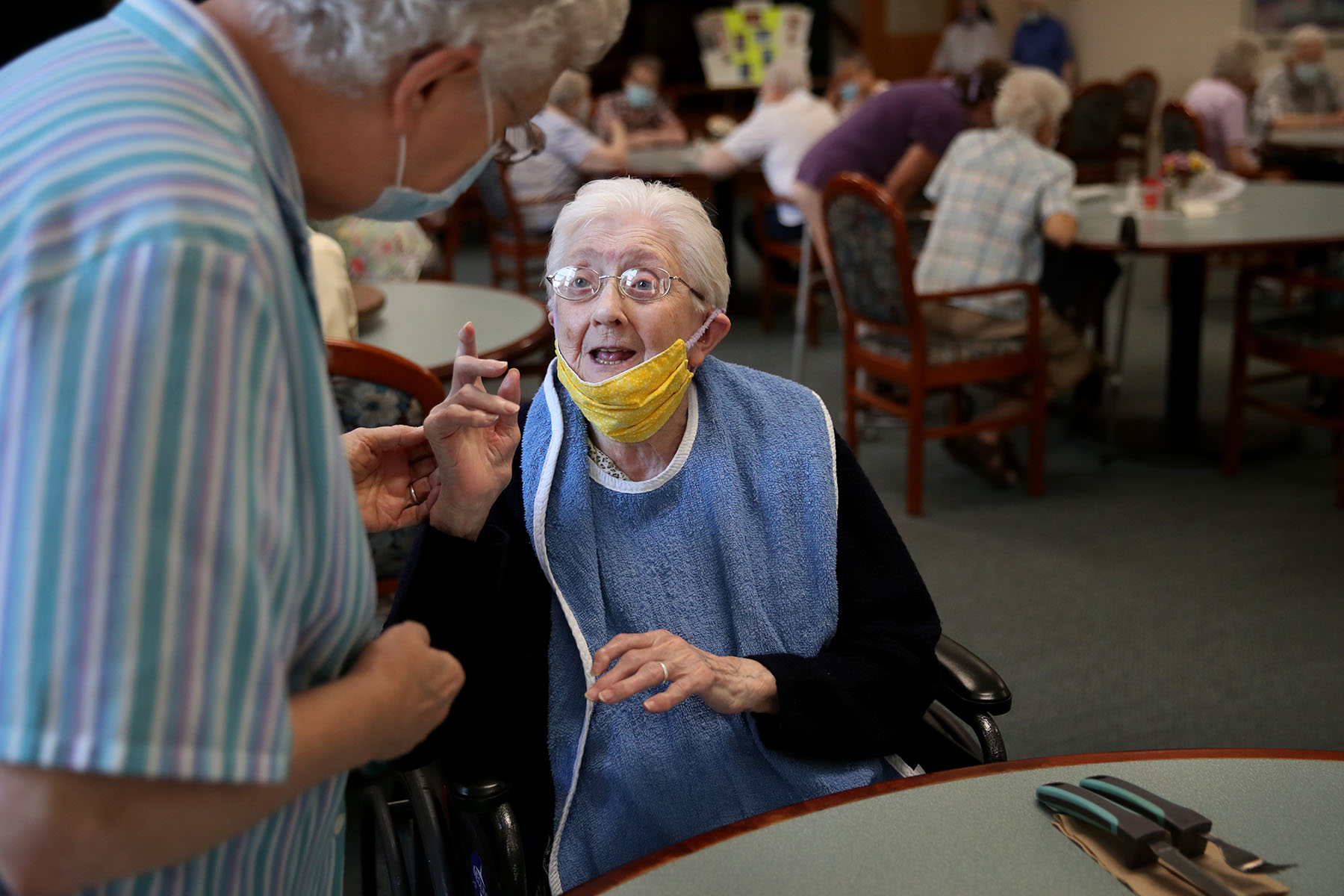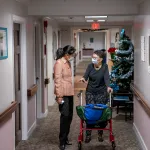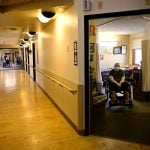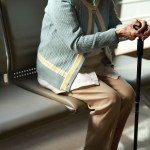Your trusted source for contextualizing caregiving news. Sign up for our daily newsletter.
Paycheck Protection Program (PPP) loans during the height of the COVID-19 pandemic boosted staffing in the nursing homes that took them, according to a new study in the medical journal JAMA Open Access.
Nursing home staffing shortages are a long-standing problem that was only worsened by COVID-19. While the study does not say if the PPP loans — the majority of which were required to go toward staff pay — solved that shortage in nursing homes that used them, it did increase staffing hours. Increased staffing hours and number of staff have long been associated with better patient outcomes, including fewer pressure sores, less use of restraint, fewer infections and lower mortality rates.
Jasmine Travers, a professor of nursing at New York University and author of the study, said her research showed that it is not only important for the government to increase funding to nursing homes, but that the money needs to be specifically set aside for staffing.
“If you just increase the funding that nursing homes get and we don’t require that money go to a specific area, we might not actually see any changes in staffing and resident care,” Travers said.
The majority of nursing home residents are women, as are the majority of people who work in nursing homes.
This issue is intimately important to Margarite Grootjes, 59, who has multiple sclerosis and lives in a nursing home in Southeast Ohio. When the nursing home is short-staffed, it impacts every aspect of her life.
When The 19th spoke with her, Grootjes was stuck in bed. The state of Ohio requires two people to operate the lift she uses to transfer from her bed to a wheelchair. There was only one certified nursing assistant there that day, so she couldn’t go anywhere until a second came in to work.
“It has changed the way I spend my mornings, knowing there aren’t two people who can get me up when I’d like,” Grootjes told The 19th.
A lack of staffing can impact her in ways that might not be obvious to people unfamiliar with the rhythm of life inside a nursing home. If nobody is there to do the laundry overnight, it can dictate whether Grootjes gets to shower, change clothes or have fresh bed sheets.
A lack of kitchen staff means that Grootjes and other residents take meals in their rooms, rather than eating together in the dining room.
“The whole social network, such as it was, has unraveled. It’s more than just who comes to answer your call line,” Grootjes said.
PPP loans were one step the federal government took to protect workers from the economic shock of the early pandemic. Small businesses, including some privately owned nursing homes, could be granted up to $10 million. The loans would be forgiven provided that at least 60 to 75 percent of the funds were used on payroll.
The program has been widely criticized for loose standards and susceptibility to abuse. Significant amounts of funding may have gone to scammers, celebrities and large businesses that did not need the boost. However, it appears that despite loose regulation, the program did have a positive impact on American nursing homes that received the loans.
Thirty percent of American nursing homes received PPP loans, according to the study. The average loan was $664,349. Nursing homes that received the loans had 46 more hours per week of staffing than they did prior to receiving the loans — a substantial increase. Most of the increase can be attributed to certified nursing assistants. There was no increase for the number of registered nurses, who are more expensive on an hourly basis.
The nursing homes that took PPP loans were more likely to have had worse staffing and overall quality ratings prior to the pandemic. They were also more likely to be for profit. These traits are not unrelated, according to Travers.
“It’s known that for-profit nursing homes, in many cases, use their profits and share it with different stakeholders [like investors], as opposed to putting it more toward staffing and quality of care,” Travers said. It is hard to say, however, why for-profit nursing homes were more likely to apply for and receive PPP loans.
It is also unclear if these increased staffing hours are the result of hiring or were simply increased hours for existing employees and whether the increased hours resulted in reduced staff turnover.
“We did see an increase in staffing hours, but how did they use those funds to increase staffing hours and maintain staffing levels? Were there any things that they changed with the staffing environment or their recruitment or their retention methods that would probably help to support other nursing homes in connection with greater financial support?” Travers said.
Travers was also careful to note that while the effect on staffing was positive, it was probably also temporary. She pointed out that many nursing homes are struggling with staffing and occupancy levels, and there is concern among experts that many will close.
“This kind of study is just a snapshot in time,” she said.






